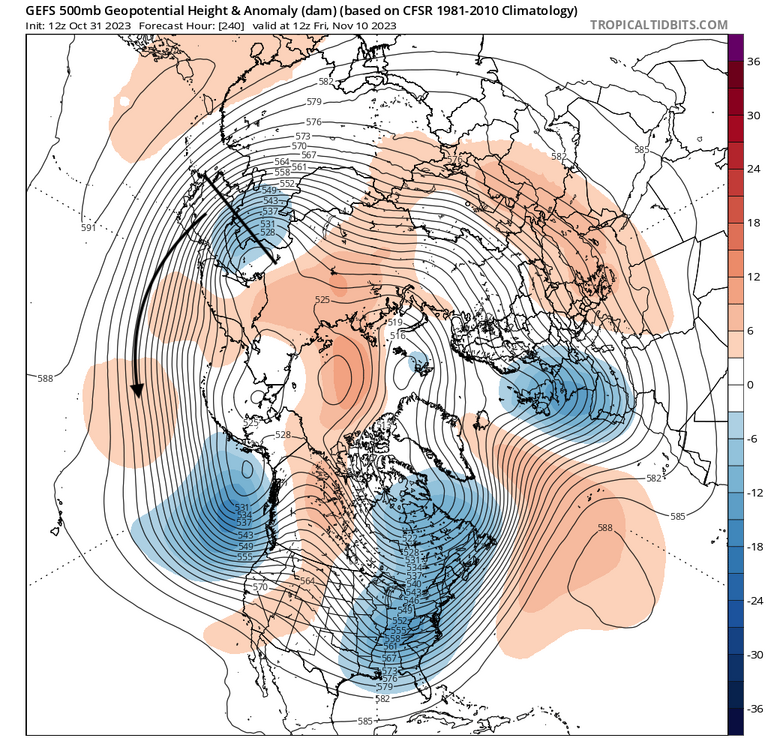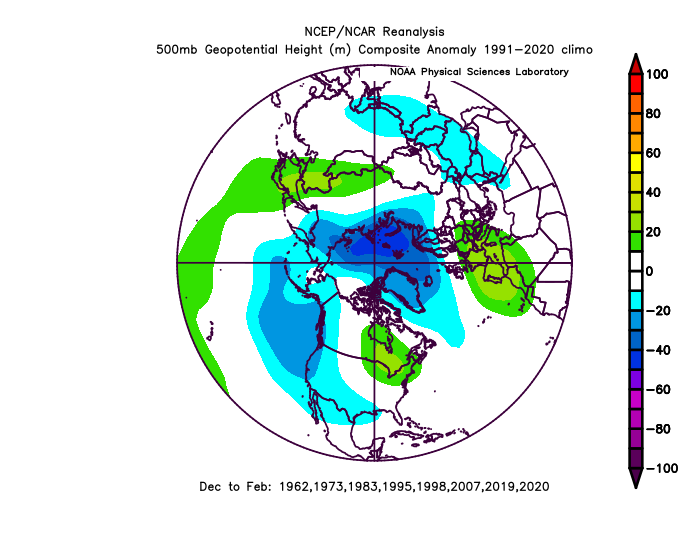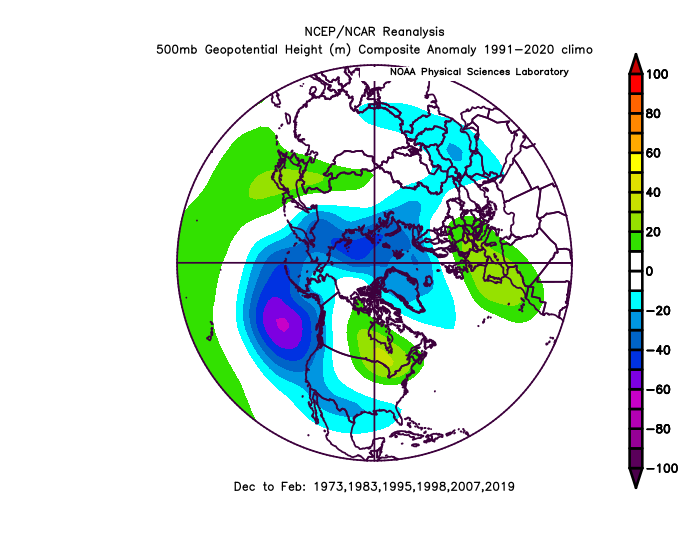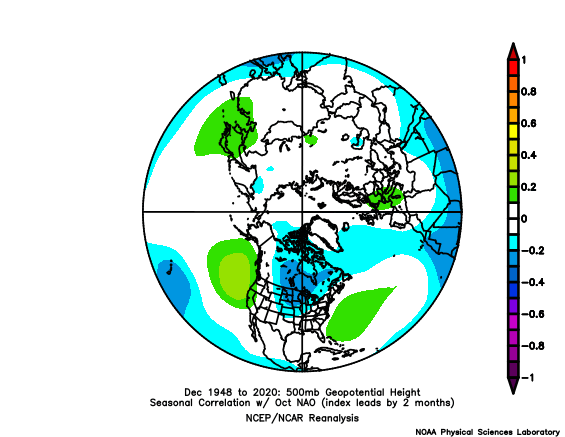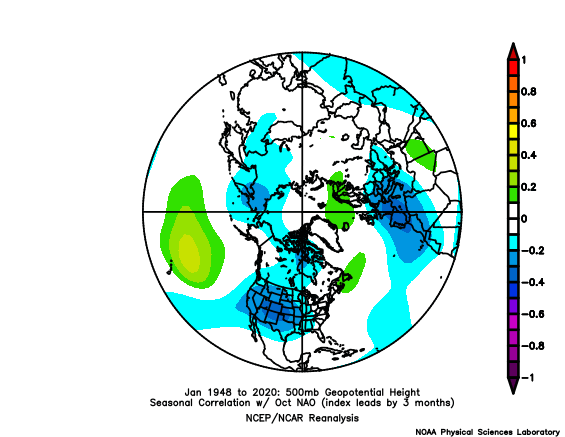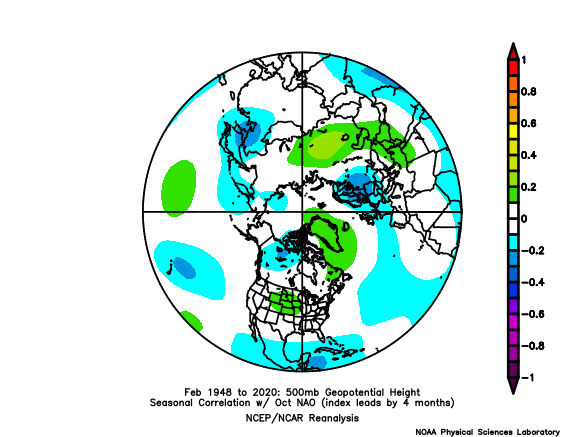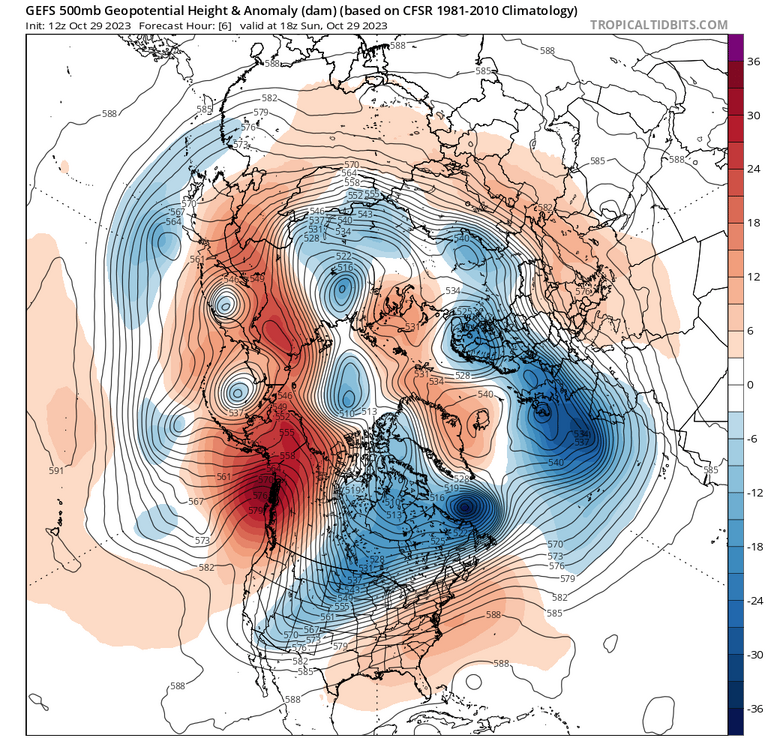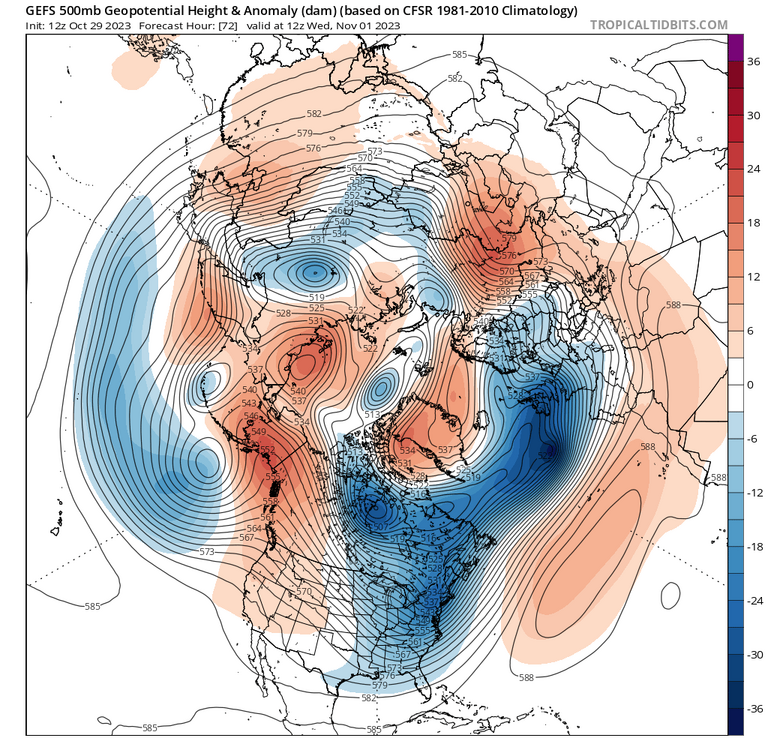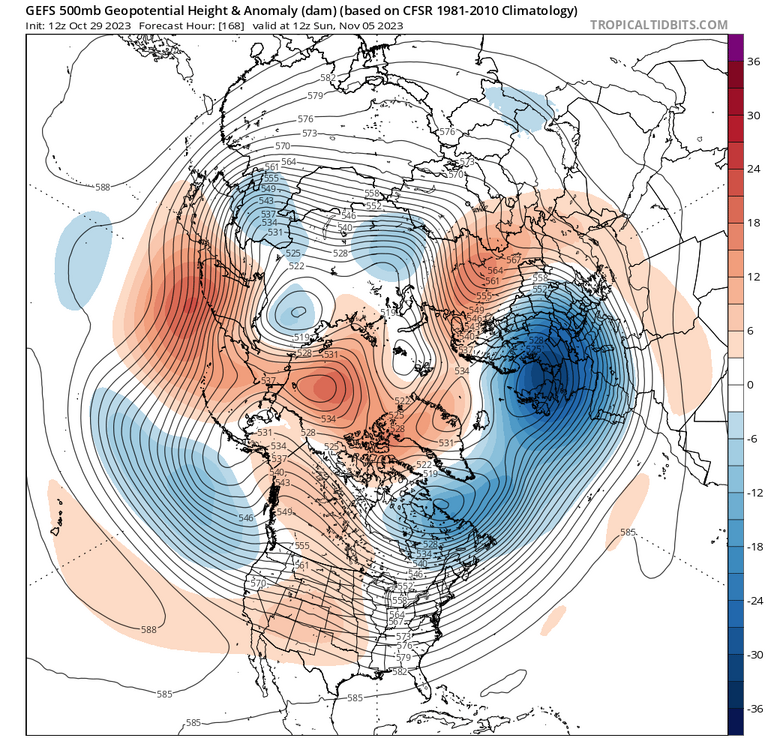-
Posts
5,525 -
Joined
-
Last visited
Content Type
Profiles
Blogs
Forums
American Weather
Media Demo
Store
Gallery
Everything posted by Terpeast
-
MEI for 19-20 never got above 0.4 and was down to 0.2 by Jan
-
Yup I saw, it’s a good sign. Before the CFS I thought I was being too bullish in my outlook, but not now. Waiting for 500mb cansips before I release.
-
Thanks. Kinda hard to understand those maps without the scales
-
We’re just coming off an 80 degree week. If anything this fall has been above normal so far. I think we will have plenty of opportunities
-
Isnt the cansips supposed to be out by now?
-
Was stuck at 52 all day for the high, and now dropped down to 43. Finally radiating well as my area should edit: falling like a rock now. 39
-
Nice. That will help the PDO
- 1,295 replies
-
- 5
-

-
- wishcasting
- almost winter
-
(and 1 more)
Tagged with:
-
Yeah, the PDO took a step back into the negative range, but I think it's only temporary. After a warming trend, the Okhotsk Sea is cooling again (circled below): And a broad N Pac trough with a healthy aleutian low is on the way (and it's no longer October): Still out in the fantasy range after the back and forth battle between Aleutian troughing and ridging, but we may see the troughing reinforced by a new trough moving off NE Asia into the pac. Going to be interesting to see how this plays out. PDO is likely to bounce in the -1.3 to -0.3 range before stagnating towards neutral as the nino takes hold.
-
Right, if I remember correctly 18-19 wasn’t that warm up here. So its bit of a mixed signal and kind of a wash. If I adjusted 63-64 a few degrees warmer, though, it’s a weak mild signal here.
-
Strong +IOD shows a signal for an east-displaced GOA trough for all years regardless of ENSO, and a stronger east-based aleutian low for nino years. Cold anomalies would be tilted to the SW than SE. But for the record, I don't think the IOD is a big factor this year. Many of these seasons in both composites are El Ninos much stronger than this one, and I don't think we can separate out the IOD signal from strong ninos.
-
So you can see how rare this is. I haven't gone back further than the 1950s, but 1986-87 and 2006-07 are also on my analog short list.
-
Yeah, maybe it was different in PA. DCA had 32” and IAD 53” in 13-14
-
Surprised the 1950s had plenty of -NAO and yet the winters were awful. As if it were the flip side of 2013-14 and 14-15
-
What I've found doesn't really support this. If anything, there's a weak persistence signal into Dec, meaning if we have a -NAO in Oct, we are just a little more likely to also have a -NAO in Dec as well. But after that, it's mostly noise. Really 50/50 by Feb.
-
Got tied up at work and then going to my kids halloween activity. Outlook gonna have to wait a bit. Sorry, didn’t intend to leave you guys hanging like TV mets do all the time…
- 1,295 replies
-
- 6
-

-

-

-
- wishcasting
- almost winter
-
(and 1 more)
Tagged with:
-
Made it to 78 before fropa. 69 now
-
Mantra of the forum! I’ll look over it tomorrow with fresh eyes then post
- 1,295 replies
-
- 1
-

-
- wishcasting
- almost winter
-
(and 1 more)
Tagged with:
-
Fell short of 70 today. 69 for the high
-
Spent the whole day writing the meat of my outlook. Made a preliminary forecast, too. Might just go ahead and post it soon without waiting for new data. Let the chips fall where they may
- 1,295 replies
-
- 12
-

-
- wishcasting
- almost winter
-
(and 1 more)
Tagged with:
-
I'm not sure it matters much anymore. If there's a playbook that needs to be thrown out with CC, I think this would be in it. Of course I could be wrong. For tripole related stuff, I would listen to what Chuck has to say. He has this special method that served him well, and he's predicting the NAO to average neutral this winter.
-
Yeah, it's a slight correction due to slight ridging W and NW of Hawaii: But broad troughing will quickly return to that area within 3 days: And will continue into the next week: So yeah, the PDO might bounce in the 0 to -1 range for a while with some back and forth as nino influence starts to establish itself over the next couple of months. It may even dip to -1.5 on the dailies but I don't expect it to go that much lower.
-
Well crap. I may have to release my outlook sooner than planned
- 1,295 replies
-
- 7
-

-
- wishcasting
- almost winter
-
(and 1 more)
Tagged with:



.png.460543c6b05a74868b8dfea3e5e22a2f.png)
.thumb.png.514a7882a4d2d391ecb30536d0098daa.png)
